In addition to Weibo, there is also WeChat
Please pay attention

WeChat public account
AutoBeta


2024-11-17 Update From: AutoBeta autobeta NAV: AutoBeta > News >
Share
AutoBeta(AutoBeta.net)08/30 Report--
On August 29, according to the Hong Kong Stock Exchange, zero-running cars were listed on the Hong Kong Stock Exchange. This also means that zero-running cars may become the fourth new car-building force to land on the Hong Kong Stock Exchange after Wei Xiaoli.
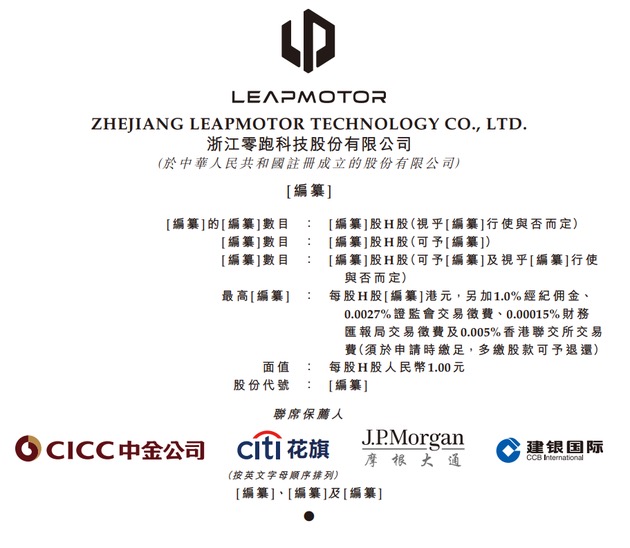
According to an earlier announcement on the official website of the CSRC, the CSRC approved zero running cars to issue no more than 291 million overseas listed foreign capital shares with a par value of 1 yuan each, all of which are common shares. After the completion of this issue, Zero cars can be listed on the main board of the Stock Exchange of Hong Kong. In addition, the CSRC also approved the conversion of a total of 791 million domestic unlisted shares from Zero Motor into overseas listed foreign capital shares, which can be listed and circulated on the main board of the Stock Exchange of Hong Kong after the conversion is completed.
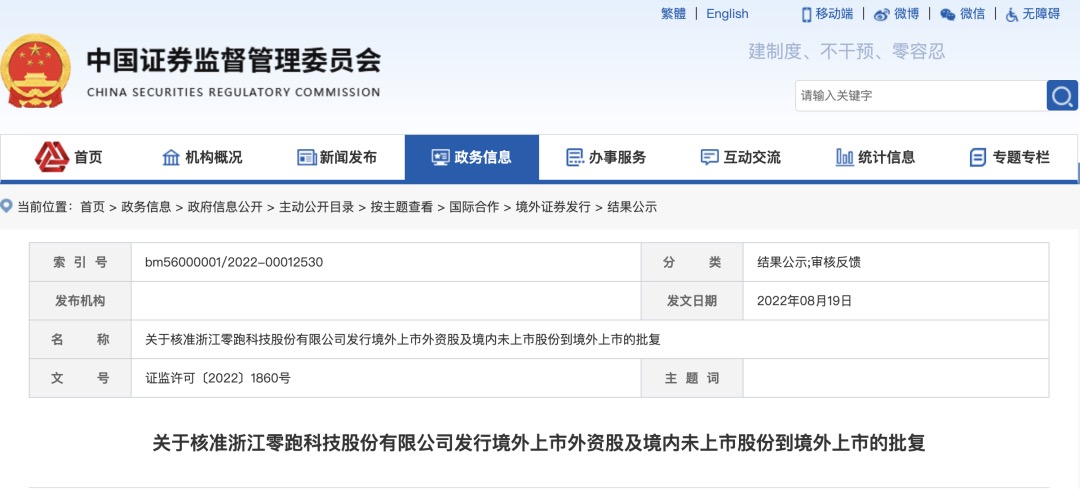
With regard to fund-raising purposes, Zero cars said that about 40.0% of the net amount was spent on the company's R & D; about 25.0% was used to increase production capacity to further enhance vertical integration and operational efficiency; about 25.0% was used to expand the sales and service network and enhance brand awareness; and about 10.0% was used for working capital and general corporate purposes.
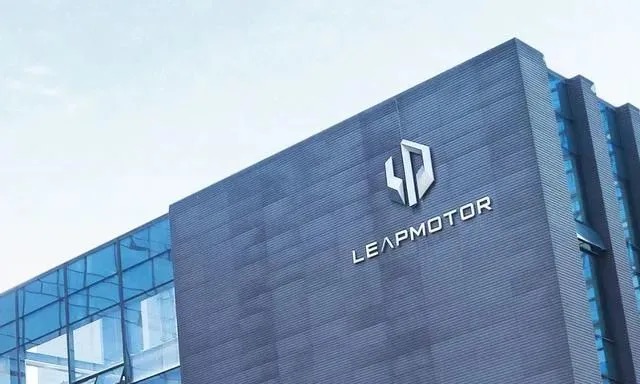
According to public data, Zero Automobile was founded in December 2015 and jointly invested by Zhejiang Dahua Technology Co., Ltd., founded by Zhu Jiangming, and its main founders. The sales of new energy vehicles mainly cover the middle and high-end new energy vehicle market of 150000 to 300000 yuan. So far, three models have been delivered, namely S01, T03 and C11.
In November 2017, Zero running S01, the first model of Zero running car, was unveiled. It went on sale in January 2019 and was delivered in July of the same year. However, after the listing of S01, sales are not satisfactory. Fewer than 700 vehicles were sold in the first three quarters of 2019. The T03 was delivered on the market in May 2020, and the T03 was hot in the market, with cumulative sales of 10266 units in the whole year. However, although mini electric vehicles can provide good market performance, their profit margins are particularly low, especially in the context of rising raw material prices and chip shortages. On January 1, 2021, the third zero-running car, the C11, went on sale in advance. According to relevant data, a total of 43748 vehicles were delivered in 2021, including 634 S01, 39149 T03 and 3964 C11.
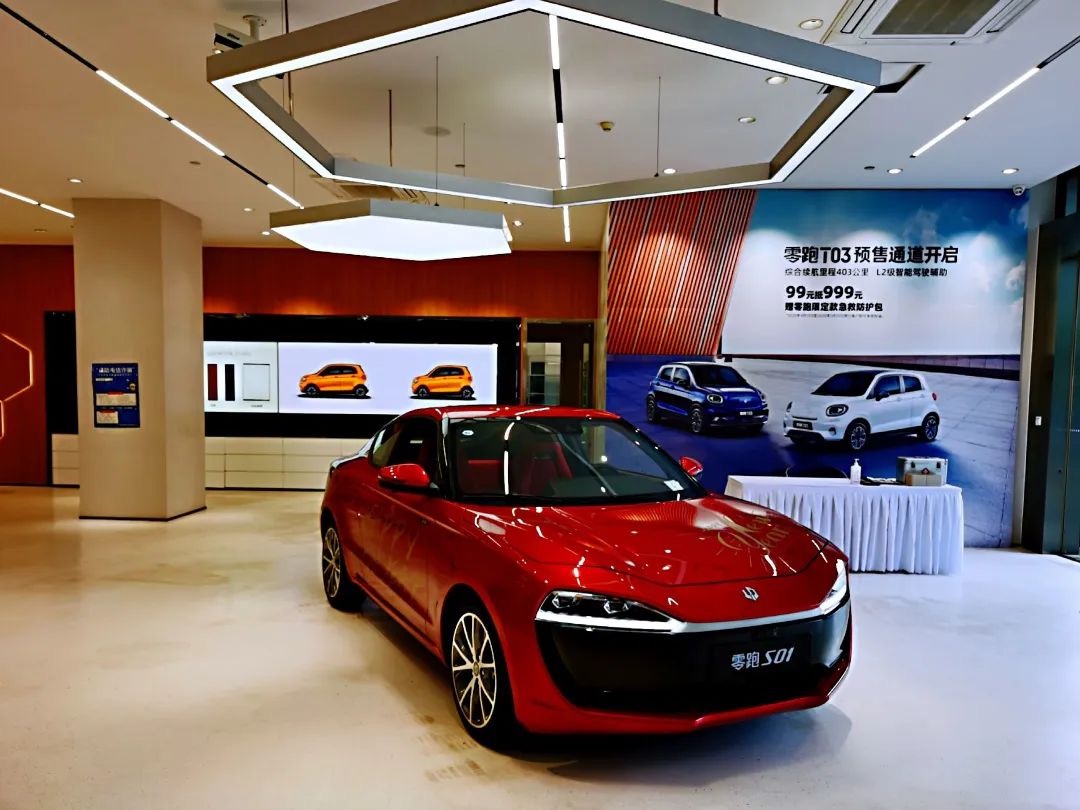
In fact, there has long been a clue about the process of zero-running car IPO. As early as the beginning of this year, there were media reports that Zero increased its registered capital from 908 million yuan to 2.908 billion yuan, and this change of registered capital was also pointed out by people in the industry as a preparation for listing. On January 26th, according to the news on the website of the Securities Regulatory Commission, the progress of the examination and approval of overseas IPO shares (including common shares, preferred shares and other stocks and derivative forms of stocks) of Zhejiang Zero running Technology Co., Ltd. was announced, which shows that the progress of Zero running cars has reached the stage of receiving materials. Zhejiang Zero Technology Co., Ltd. submitted its application for listing to the Hong Kong Stock Exchange on March 17, with China International Capital Corporation, Citigroup, JPMorgan Chase and Jianyin International as co-sponsors of the IPO. According to the prospectus, Zero Auto plans to use the funds raised for smart electric vehicle research and development, enhance production capacity, enhance brand awareness and other directions.

It is worth noting that, like most of the new car-building brands, zero-running cars are still losing money. According to the prospectus, it lost a total of 4.469 billion yuan in three years. From 2019 to 2021, the total income of zero-running cars is 117 million yuan in 2019, 631 million yuan in 2020 and 3.132 billion yuan in 2021, while the operating loss is 731 million yuan in 2019, 870 million yuan in 2020 and 2.868 billion yuan in 2021. Take the data of 2021 as an example, a total of 43748 electric vehicles were delivered in 2021, with a loss of 2.868 billion yuan, in other words, a loss of more than 65000 yuan for each car sold.
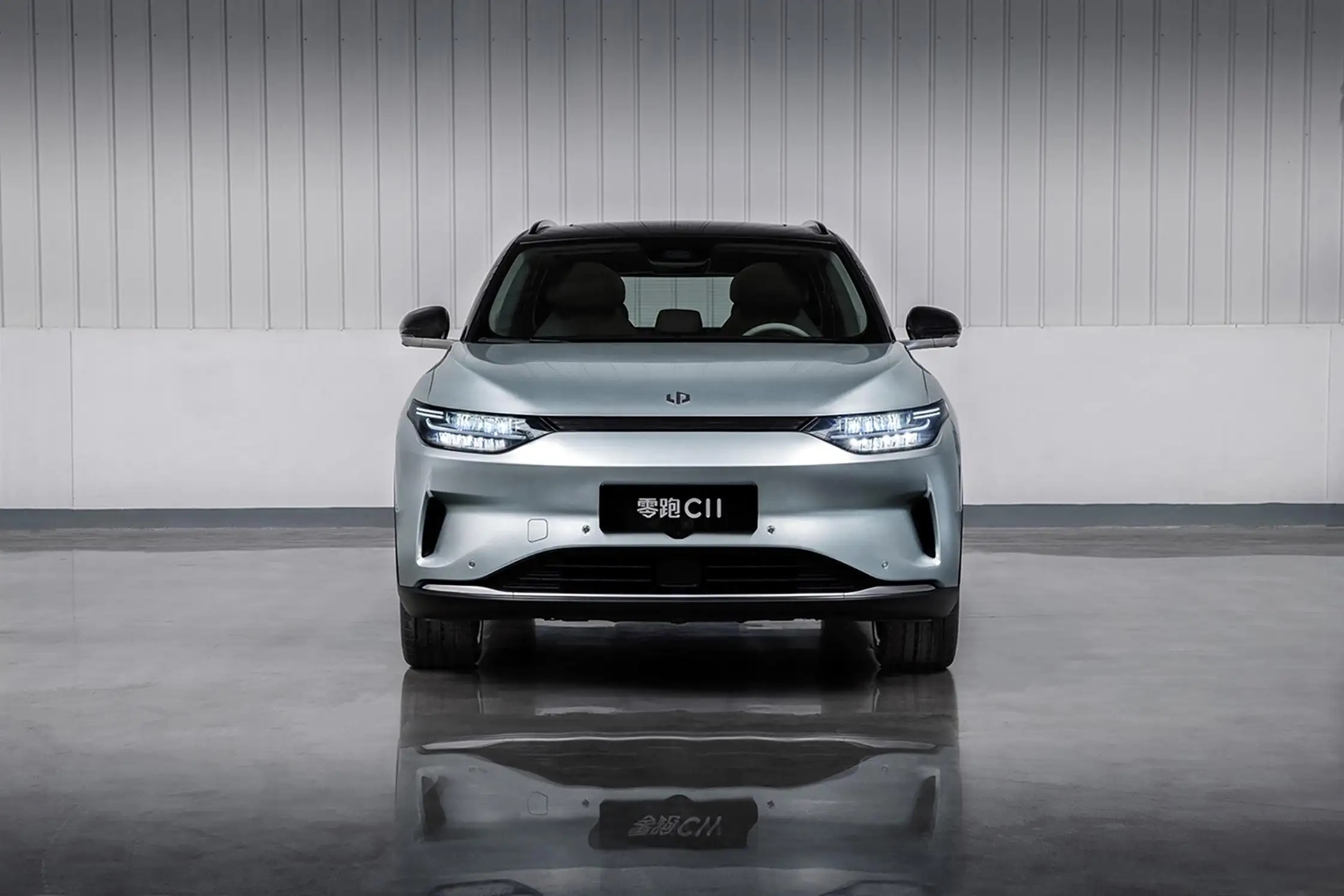
For loss-making Zero cars, the company's smart electric vehicles and components are in the early stage of development, have not been profitable since their inception, and are expected to continue to generate net losses in 2022, mainly due to investment in the research and development of future models and smart electric vehicle technology, as well as the expansion of production facilities and sales and service networks. In addition, zero-running technology may not generate enough revenue or continue to generate significant losses due to insufficient demand for the company's vehicles and increased competition. Companies may also incur unforeseen expenses or encounter difficulties, complexities or delays in making or realizing profits. In addition, according to the prospectus, zero-running cars currently have a tight cash flow. As of the end of 2021, zero-running cars have restricted cash and cash equivalents of 5.714 billion yuan, while the three Wei Xiaoli companies all have cash reserves of more than 20 billion yuan in the same period.
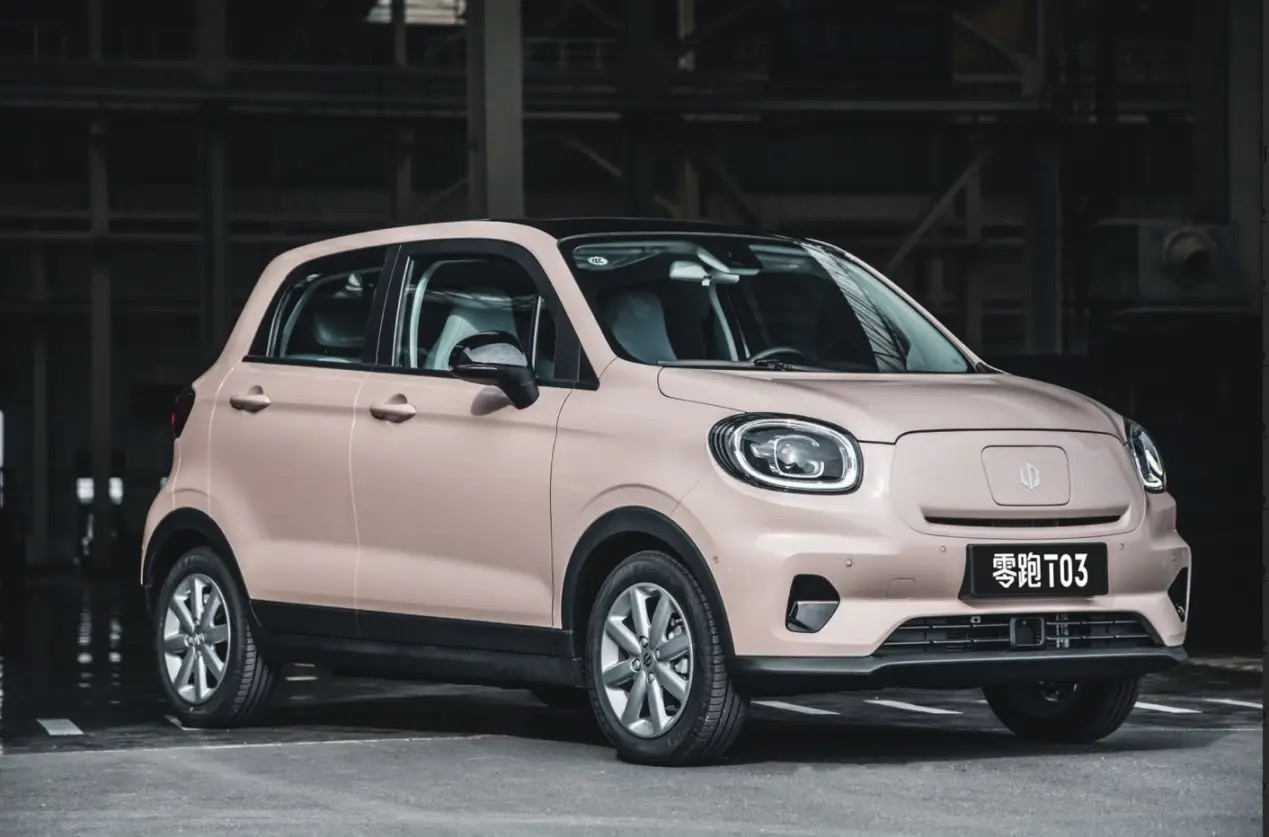
From the data released by the new car-building forces, it is not difficult to see that loss has become a common problem in the new car-building forces. Xiaopeng Motor, for example, delivered 68983 vehicles in the first half of 2022, with a net loss of 4.402 billion yuan, more than double the net loss of 1.981 billion yuan in the same period last year, which means that the company lost more than 60, 000 yuan per car sold. On the other hand, ideal car delivered 60, 000 ideal ONE in the first half of 2022, with an operating loss of nearly 1.4 billion yuan. According to the rough calculation, the average loss of the ideal car has exceeded 23000 yuan.
As for the continued losses of new energy vehicle companies, some industry insiders pointed out that at present, only Tesla and BYD are profitable, mainly because of their economies of scale and cost control capabilities. only in this way can they make money under the current costs and prices. In other words, it is not the industry that does not make money, but the car companies that do not have economies of scale and cost control ability, and this phenomenon not only cannot be changed, but may also intensify in the short term. For zero-running cars, it is still in a state of loss, and listing has become the only way to keep going.
Welcome to subscribe to the WeChat public account "Automotive Industry Focus" to get the first-hand insider information on the automotive industry and talk about things in the automotive circle. Welcome to break the news! WeChat ID autoWechat
Views: 0
*The comments in the above article only represent the author's personal views and do not represent the views and positions of this website. If you have more insights, please feel free to contribute and share.






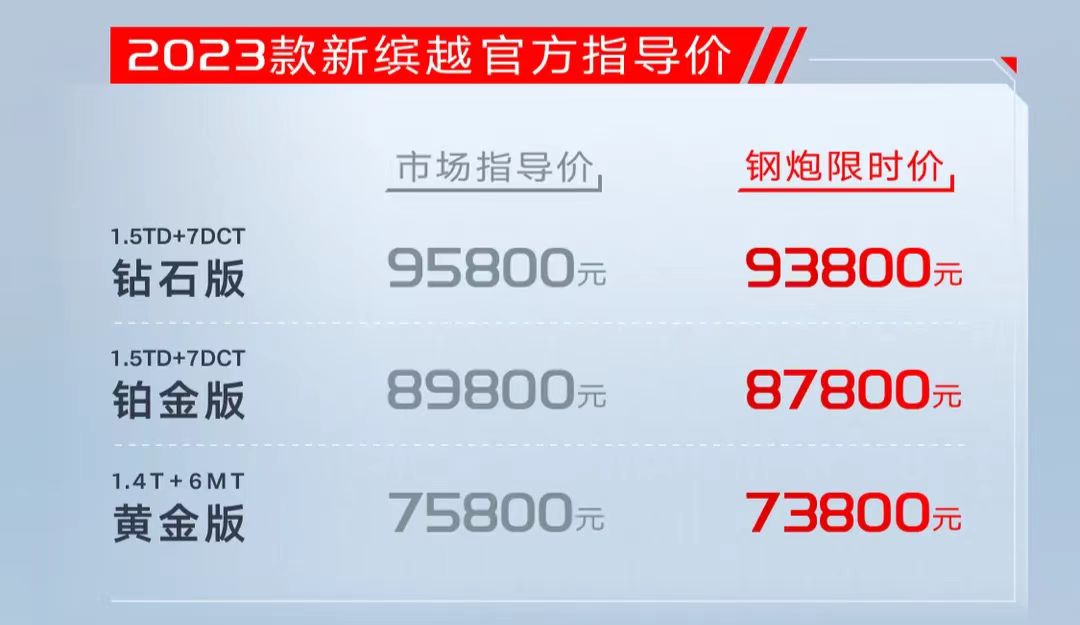



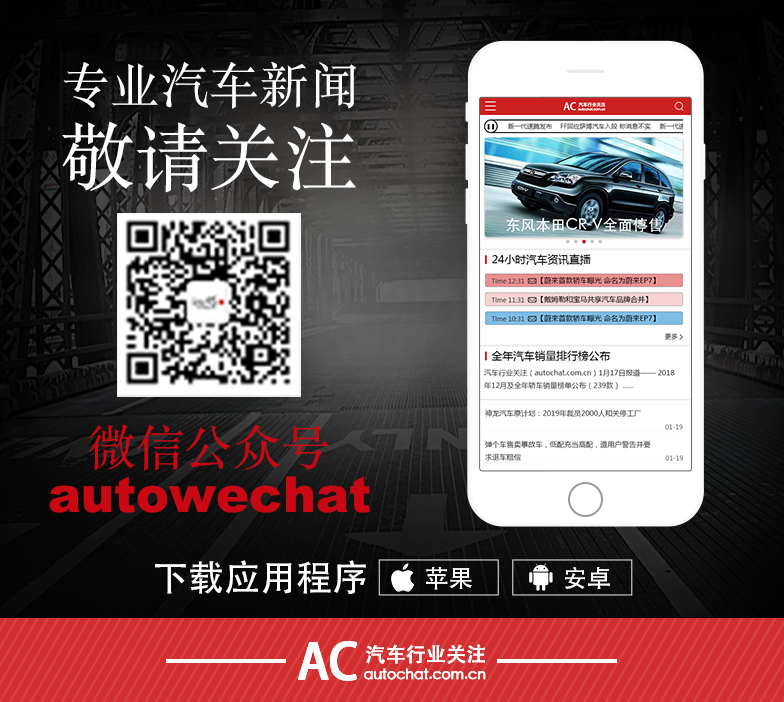
© 2024 AutoBeta.Net Tiger Media Company. All rights reserved.